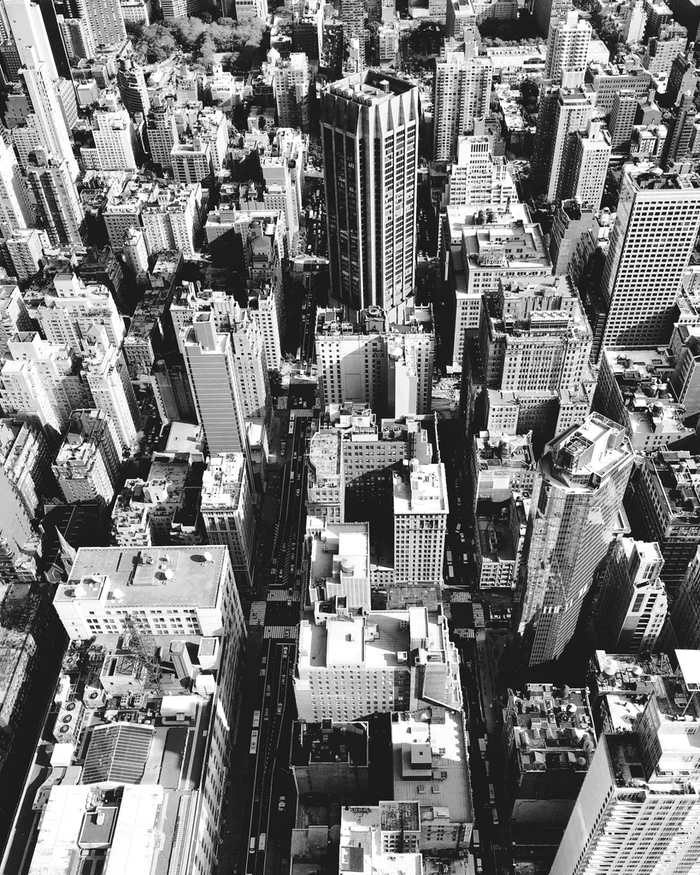🍐 我们总结了经济作业代写中——Assignment代写的经典案例,如果你有任何作业代写的需要,可以随时联络我们。CoursePear™ From @2009。
1. (17 Pts) Real vs Financial Assets: XYZ is a start-up Food Processing firm. It currently owns Food Processing equipment worth $130,000 and has cash on hand of $120,000 contributed by XYZ’s owners. For each of the following transactions, identify the real and/or financial assets that trade hands. Are any financial assets created or destroyed in the transaction?
- XYZ takes out a bank loan. It receives $150,000 in cash and signs a note promising to pay back the loan over 5 years.
- XYZ uses the cash from the bank plus $120,000 of its own funds to finance the development of new Food Processing plant.
- XYZ sells its final products to ABC, which will market it to the public under the ABC name. XYZ accepts payment in the form of 1,500 shares of ABC stock.
- XYZ sells the shares of stock for $80 per share and uses part of the proceeds to pay off the bank loan.
- Prepare its balance sheet just after it gets the bank loan. What is the ratio of real assets to total assets?
- Prepare the balance sheet after XYZ spends the $270,000 to develop its final product. What is the ratio of real assets to total assets?
- Prepare the balance sheet after XYZ accepts the payment of shares from ABC. What is the ratio of real assets to total assets?
2. (17 Pts) Price- and Value-weighted Stock Indexes: Consider the following three stocks:
Stocks Price
Stock A $40 Stock B $70 Stock C $10
Number of Shares Outstanding
200 500 600
a. The price-weighted index constructed with the three stocks is
b. The value-weighted index constructed with the three stocks using a divisor of 100 is
c. Assume at these prices that the value-weighted index constructed with the three stocks is 490. What would the index be if stock B is split 2 for 1 and stock C 4 for 1?
3. (16 Pts) Comparing taxable and tax-exempt bonds:
- An investor purchases one municipal and one corporate bond that pay rates of return of 8% and 10%, respectively. If the investor is in the 20% marginal tax bracket, his or her after-tax rates of return on the municipal and corporate bonds would be ________ and ______, respectively.
- An investor purchases one municipal and one corporate bond that pay rates of return of 7.5% and 10.3%, respectively. If the investor is in the 25% marginal tax bracket, his or her after-tax rates of return on the municipal and corporate bonds would be ________ and ______, respectively.
4. (16 Pts) Reading Listings Tables:
- If a Treasury note has a bid price of $975, the quoted bid price in the Wall Street Journal would be
- If a Treasury note has a bid price of $995, the quoted bid price in the Wall Street Journal would be
5. (17 Pts) Margin Trading and Short Sales:
- Assume you purchased 200 shares of GE common stock on margin at $70 per share from your broker. If the initial margin is 55%, how much did you borrow from the broker?
- You purchased 100 shares of IBM common stock on margin at $70 per share. Assume the initial margin is 50%, and the maintenance margin is 30%. Below what stock price level would you get a margin call? Assume the stock pays no dividend; ignore interest on margin.
- You sold short 150 shares of common stock at $27 per share. The initial margin is 45%. Your initial investment was
- You purchased 1000 shares of CSCO common stock on margin at $19 per share. Assume the initial margin is 50%, and the maintenance margin is 30%. Below what stock price level would you get a margin call? Assume the stock pays no dividend; ignore interest on margin.
6. (17 Pts) Mutual Fund Related:
- You purchased shares of a mutual fund at a price of $20 per share at the beginning of the year and paid a front-end load of 6.0%. If the securities in which the fund invested increased in value by 10% during the year, and the fund’s expense ratio was 1.5%, your return if you sold the fund at the end of the year would be___________________.
- A mutual fund had average daily assets of $4.7 billion in 2016. The fund sold $2.2 billion worth of stock and purchased $3.6 billion worth of stock during the year. The fund’s turnover ratio is _______ .
- A mutual fund had NAV per share of $37.12 on January 1, 2016. On December 31 of the same year, the fund’s rate of return for the year was 11.0%. Income distributions were $2.26, and the fund had capital gain distributions of $1.64. Without considering taxes and transactions costs, what ending NAV would you calculate?
- AmutualfundhadNAVpershareof$23.00onJanuary1,2016.OnDecember31ofthesame year, the fund’s NAV was $23.15. Income distributions were $0.63, and the fund had capital gain distributions of $1.26. Without considering taxes and transactions costs, what rate of return did an investor receive on the fund last year?
- Amutualfundhadyear-endassetsof$437,000,000andliabilitiesof$37,000,000.Ifthefund NAV was $60.12, how many shares must have been held in the fund?
- A mutual fund had year-end assets of $560,000,000 and liabilities of $26,000,000. There were 23,850,000 shares in the fund at year end. What was the mutual fund’s net asset value?
- TheProfitabilityFundhadNAVpershareof$17.50onJanuary1,2016.OnDecember31ofthe same year, the fund’s NAV was $19.47. Income distributions were $0.75, and the fund had capital gain distributions of $1.00. Without considering taxes and transactions costs, what rate of return did an investor receive on the Profitability Fund last year?
CoursePear™是一家服务全球留学生的专业代写。
—-我们专注提供高质靠谱的美国、加拿大、英国、澳洲、新西兰代写服务。
—-我们专注提供Essay、统计、金融、CS、经济、数学等覆盖100+专业的作业代写服务。

CoursePear™提供各类学术服务,Essay代写,Assignment代写,Exam / Quiz助攻,Dissertation / Thesis代写,Problem Set代做等。
